 Hi, George Ellison here. I’ve been working on guitars and wiring them for years, and the good guys at Premier Guitar have been gracious enough to invite me to write a column on these topics. My thanks to them.
Hi, George Ellison here. I’ve been working on guitars and wiring them for years, and the good guys at Premier Guitar have been gracious enough to invite me to write a column on these topics. My thanks to them. Although we have a short-term map, our column serves you, our reader – we want to ensure that the topics we choose are getting you the information you need to know. So as we move forward, I encourage you to submit topics you’d like covered as well as enlighten me to which topics you found to be the most and least helpful.
Guitar wiring is an interesting area, I believe, and it covers a lot of ground. We’ll discuss components, in terms of how and why they work, and what that means to you. We’ll discuss wiring options you may not be familiar with. We’ll discuss pickup design, and the sometimes subtle nuances that can make a difference. And we’ll bring clarity to where there is confusion, because, you know, confusion is not good.
This month, let’s get started by talking about pickup polarity. We see a lot of confusion with our customers regarding this issue.
A conventional single-coil pickup can be made four different ways (we’ll use a Strat pickup to illustrate). You probably know that a coil is just a single long piece of wire, wrapped around a bobbin thousands of times. So it stands to reason that the start of this long piece of wire is on the inside of the coil form, and the end of the wire is on the outside of the coil form. We’ll call the two ends of the coil wire the “start” and “stop” ends. The coil wire is too fragile to be handled safely, so both ends of the coil wire are wrapped through metal eyelets on the pickup’s base several times, and then larger hookup wires (typically referred to as leads) are attached to these eyelets. It’s these leads that we solder into the guitar’s circuit.
The first choice to be made then, when winding a coil, is whether to wind it clockwise or counter-clockwise. Both versions are shown in the diagrams below. Note that in either case the black lead is connected to the start of the coil, and the white wire is connected to the end. The reason for this is that the start of the coil wire, and the entire first layer, is usually wrapped directly on the magnets, and if there’s a short between the coil wire and any of the magnets, we’d rather have those magnets connected to ground than to hot. Otherwise, contacting the offending magnet(s) with your hands would introduce a loud hum, just like the hum you get if you plug a guitar cable into your amp’s input and grab the other end with your hand. Of course, many pickup manufacturers try to avoid having the coil short to the magnets by lacquering the bobbins before winding the coil; this layer of lacquer, combined with the insulation on the wire itself, endeavors to insulate the coil from the magnets. But I’ve seen brand-new pickups with their coils shorted to the magnets, so this isn’t a guaranteed solution. Therefore, almost all single-coils with rod magnets (like Strats and Teles) will have the black lead connected to the coil start.
The next decision to be made regards the magnet orientation. Rod magnets as used in guitar pickups are usually magnetized by the pickup makers after the pickup is constructed. There are two options - either orient the magnets so that their North ends (red) are at the top of the pickup, or orient them so that their South ends are at the top of the pickup, as shown in the following diagram:
 So you can see that there are four possible combinations for our coil:
So you can see that there are four possible combinations for our coil: 1. Clockwise with North at top
2. Clockwise with South at top
3. Counter-clockwise with North at top
4. Counter-clockwise with South at top
What does all this mean to you? Plenty my friend, plenty. But you’ll have to check back next month, because we don’t have room to tell you about it right now. ‘Til then.
George Ellison
Founder, Acme Guitar Works acmeguitarworks.com george@acmeguitarworks.com
302-836-5301



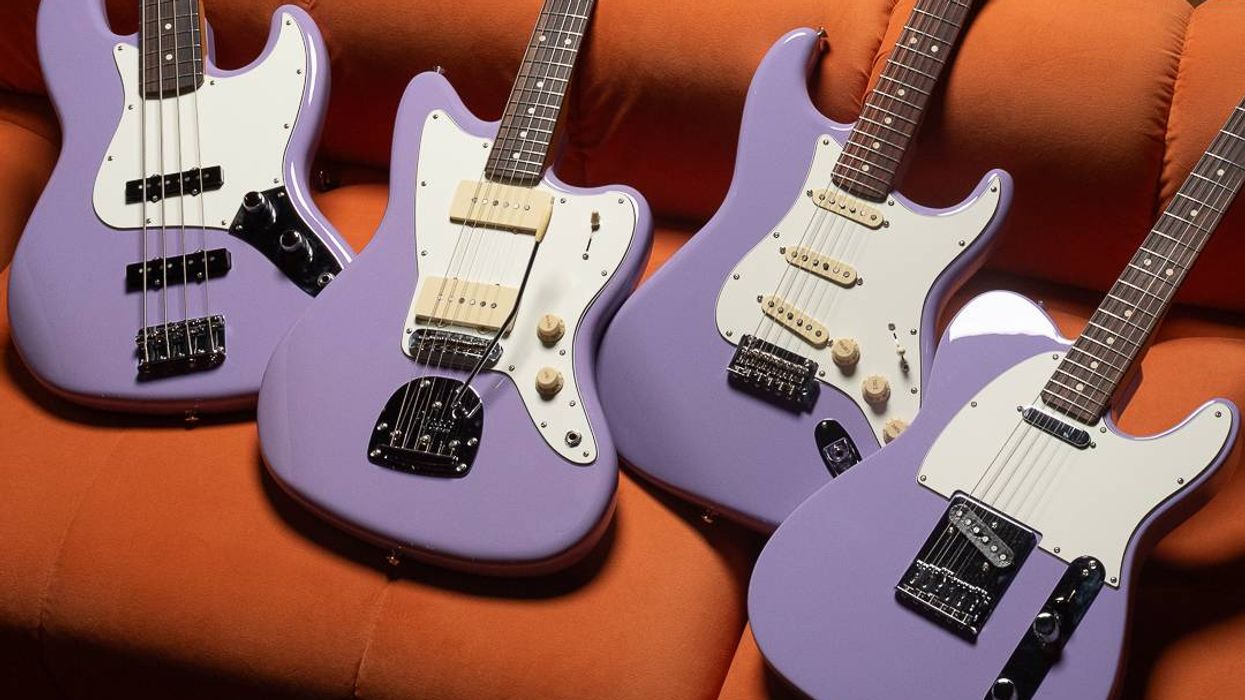

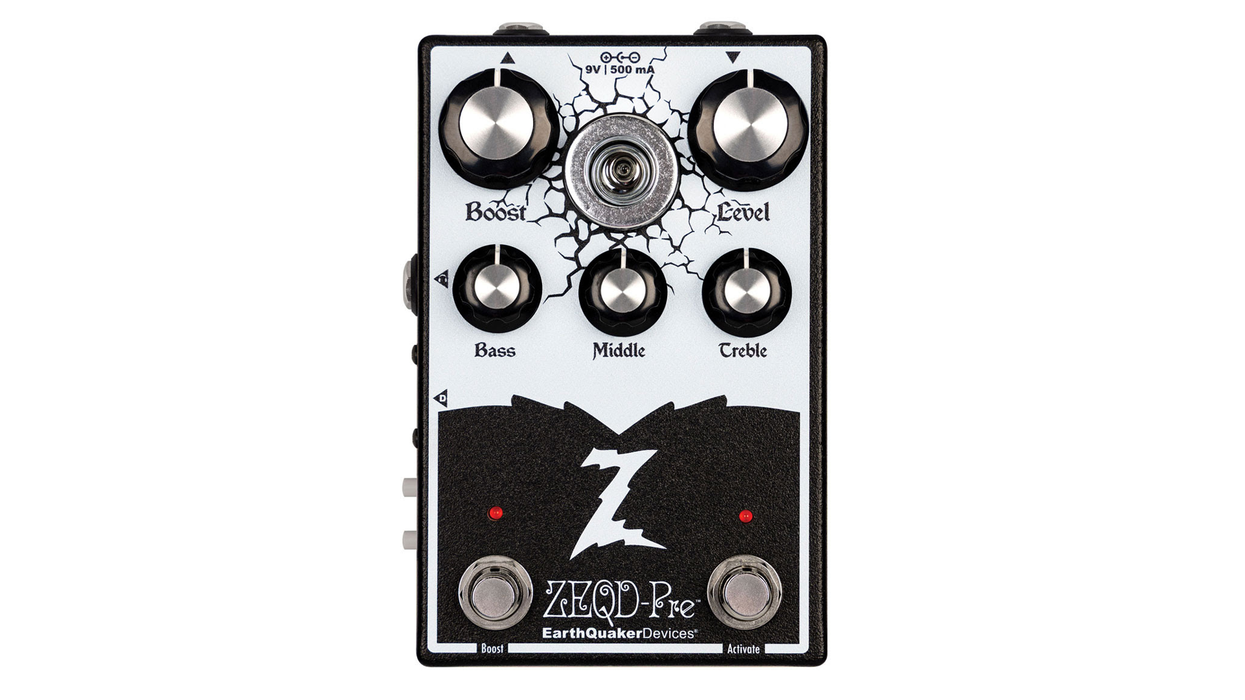
![Rig Rundown: John 5 [2026]](https://www.premierguitar.com/media-library/youtube.jpg?id=62681883&width=1245&height=700&quality=70&coordinates=0%2C45%2C0%2C45)
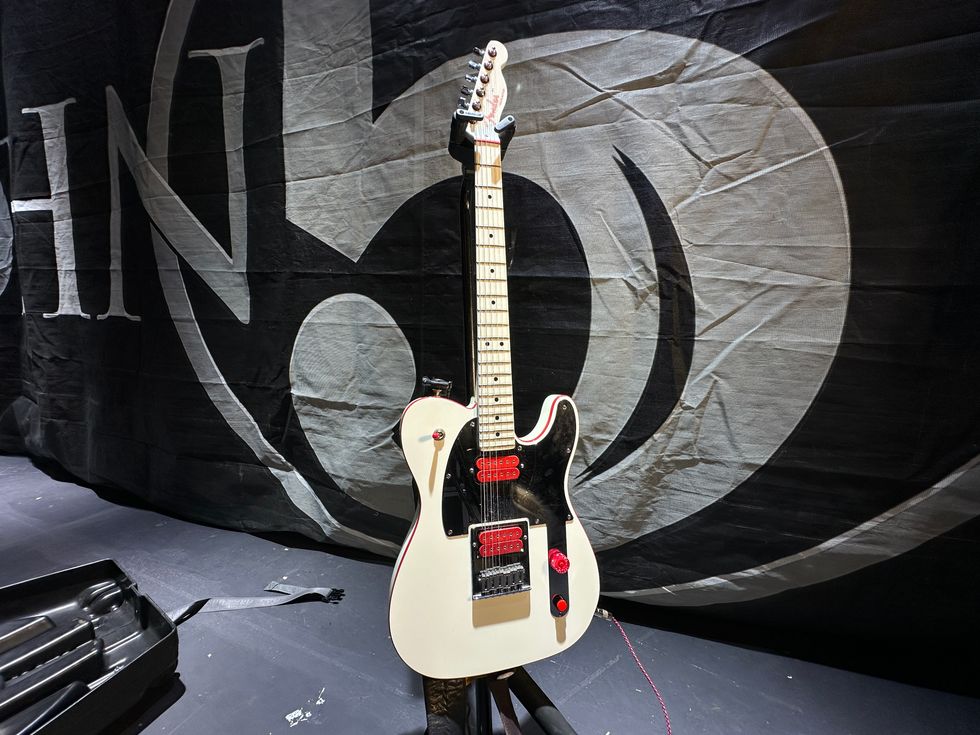
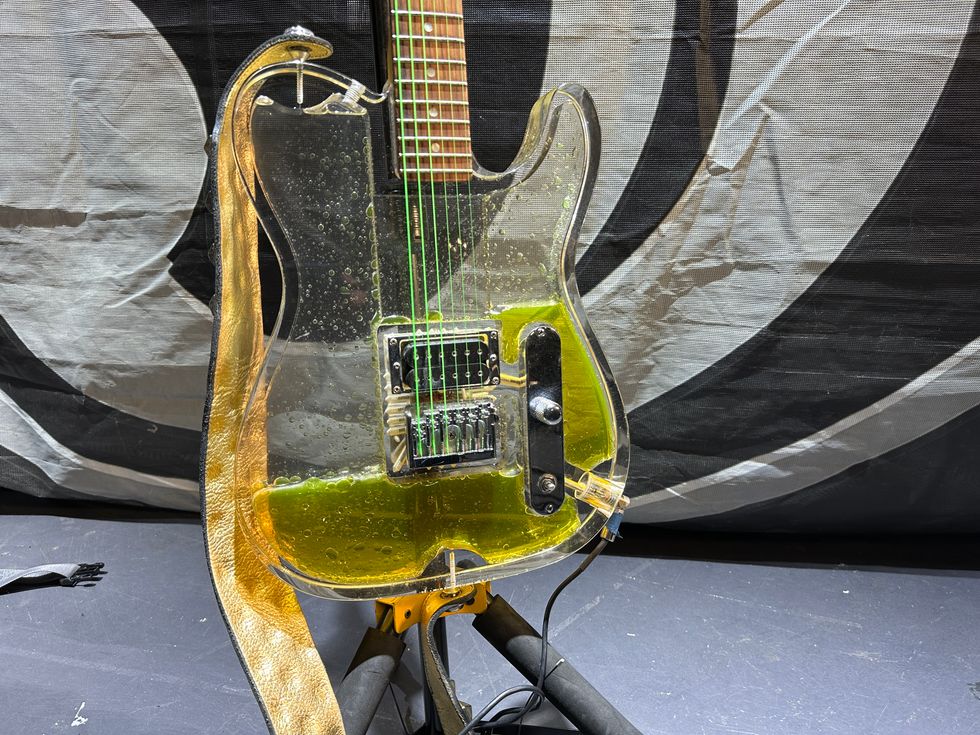
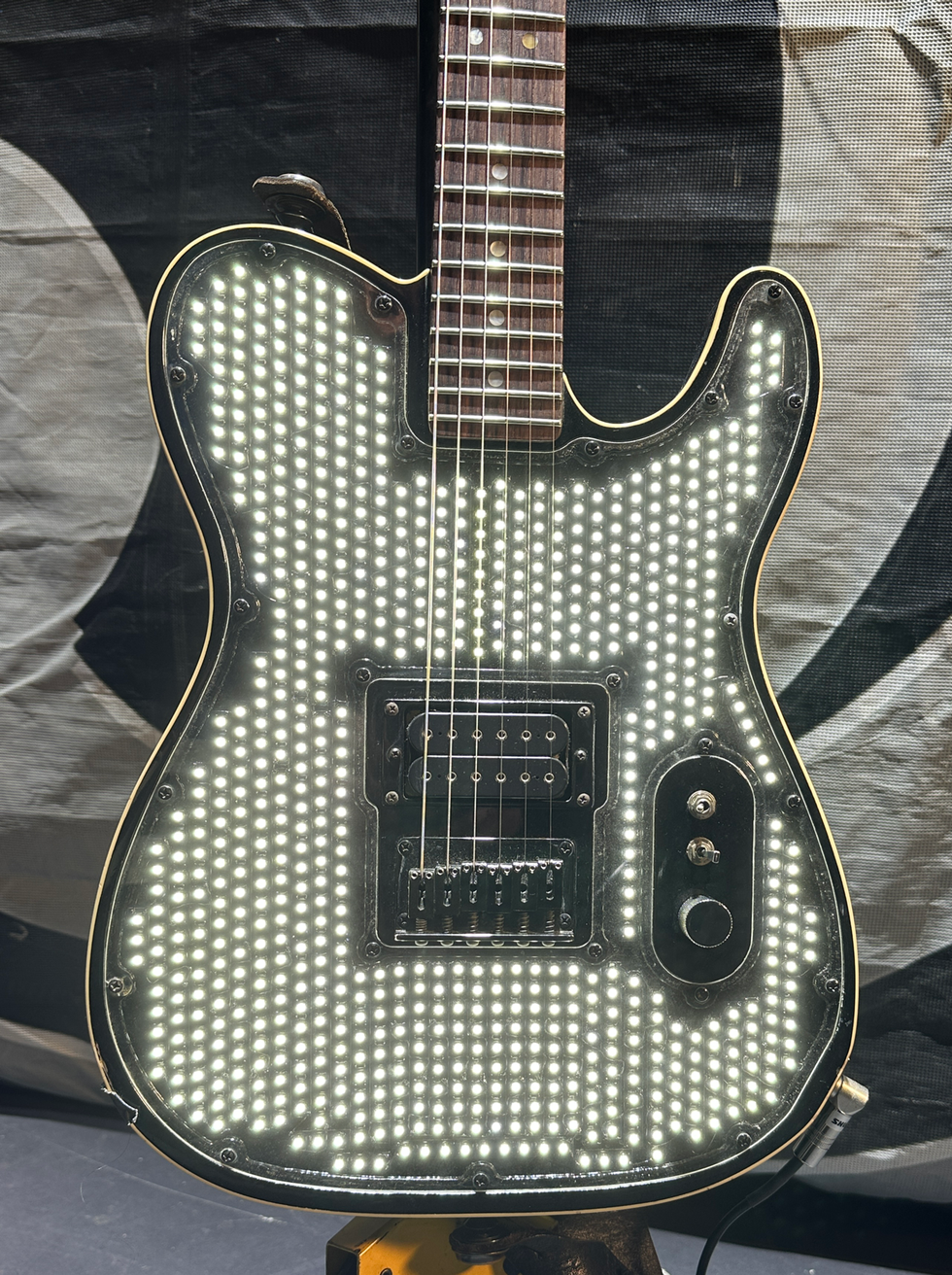
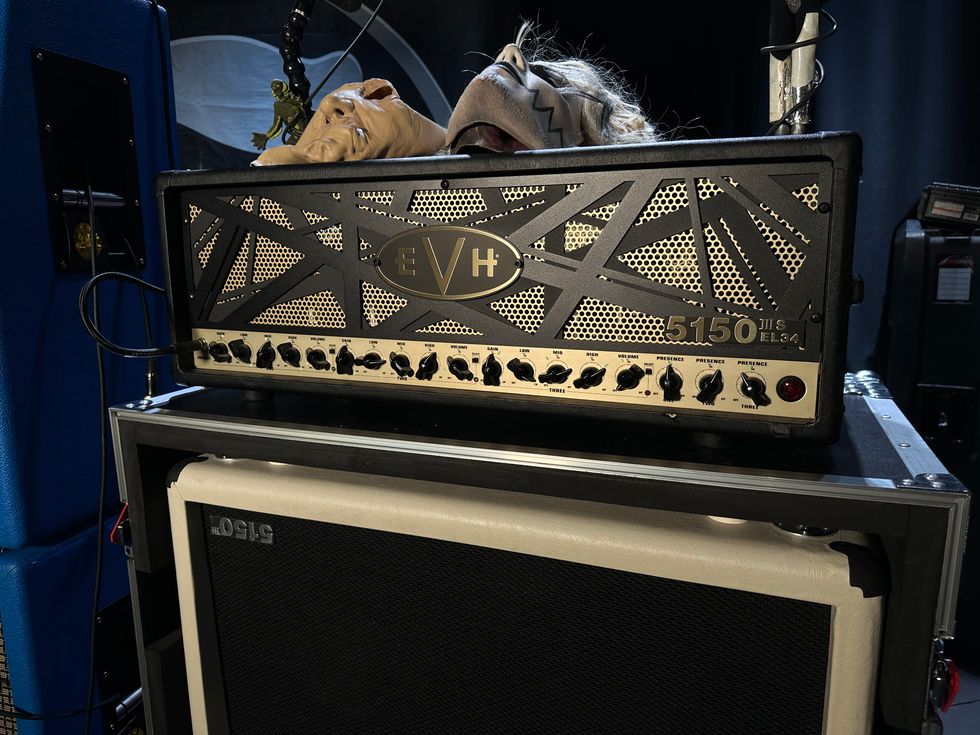
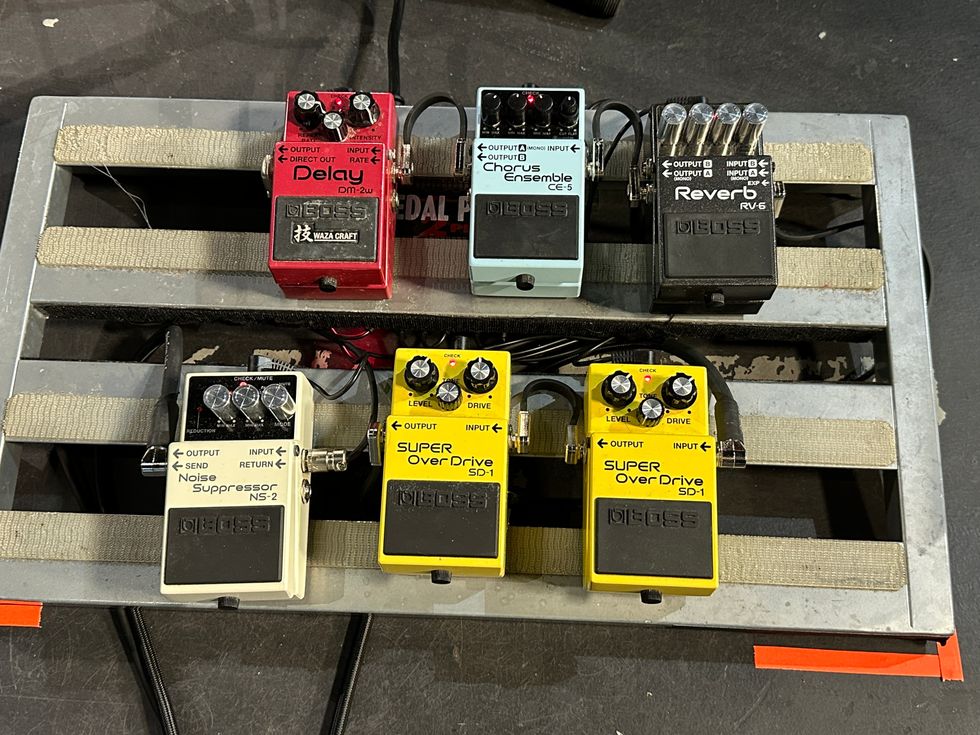







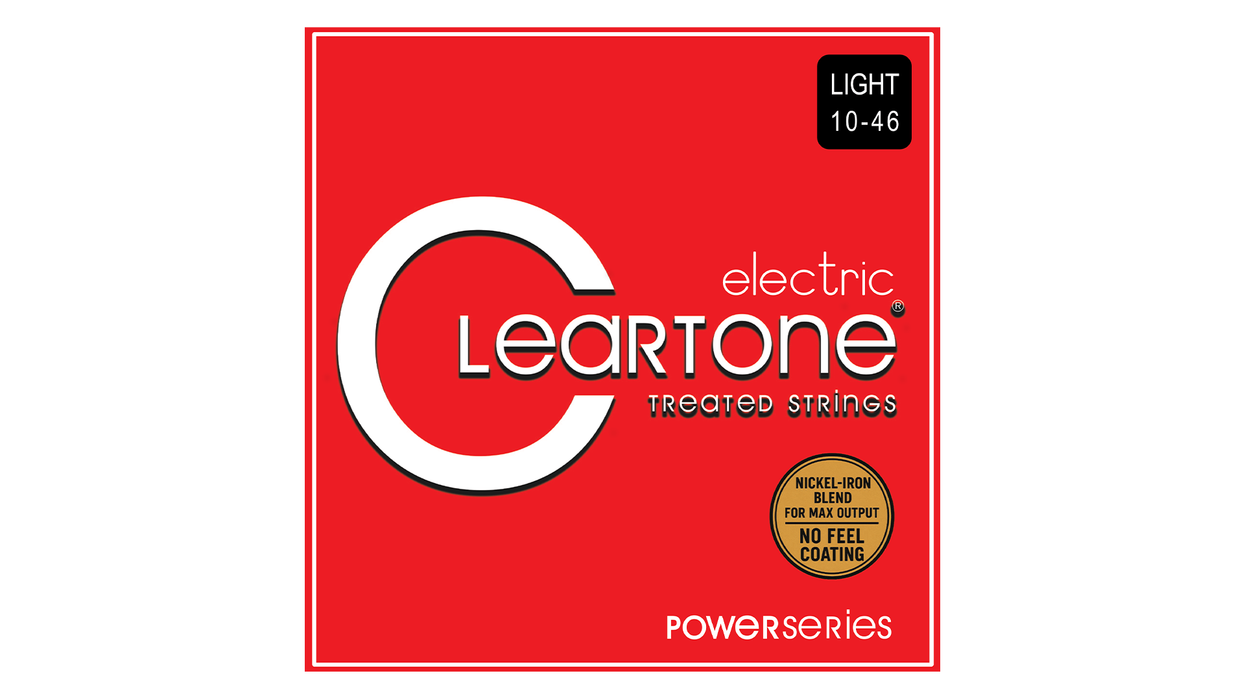
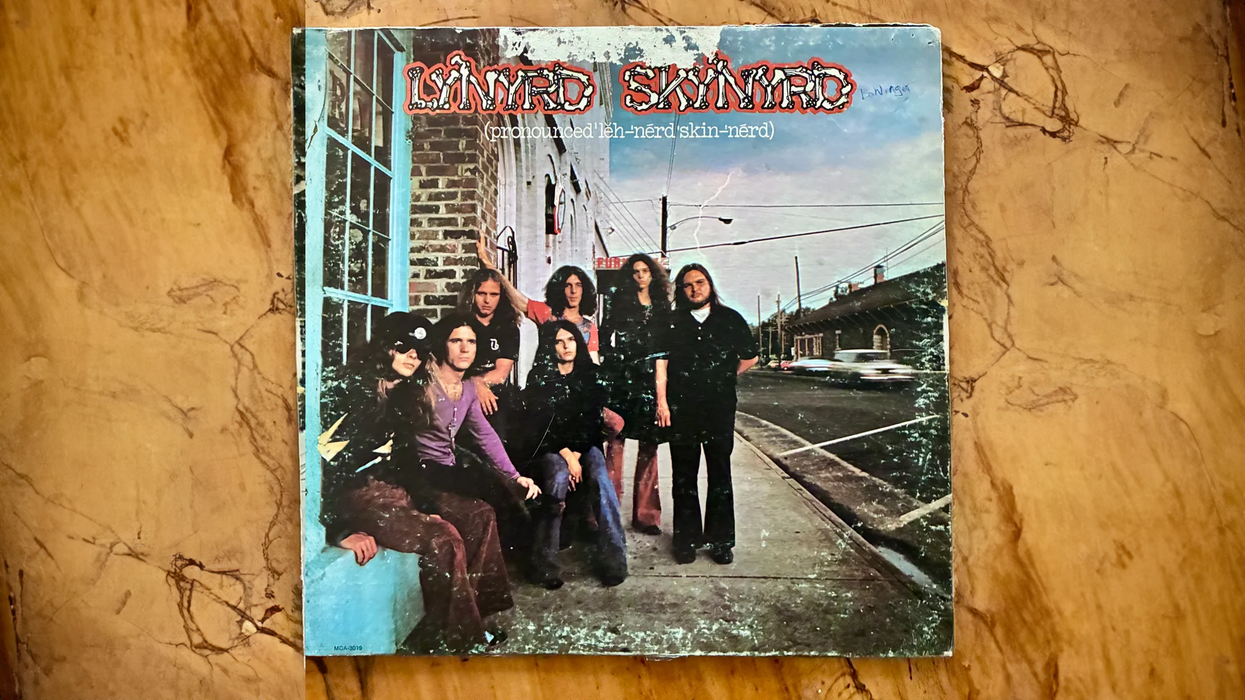

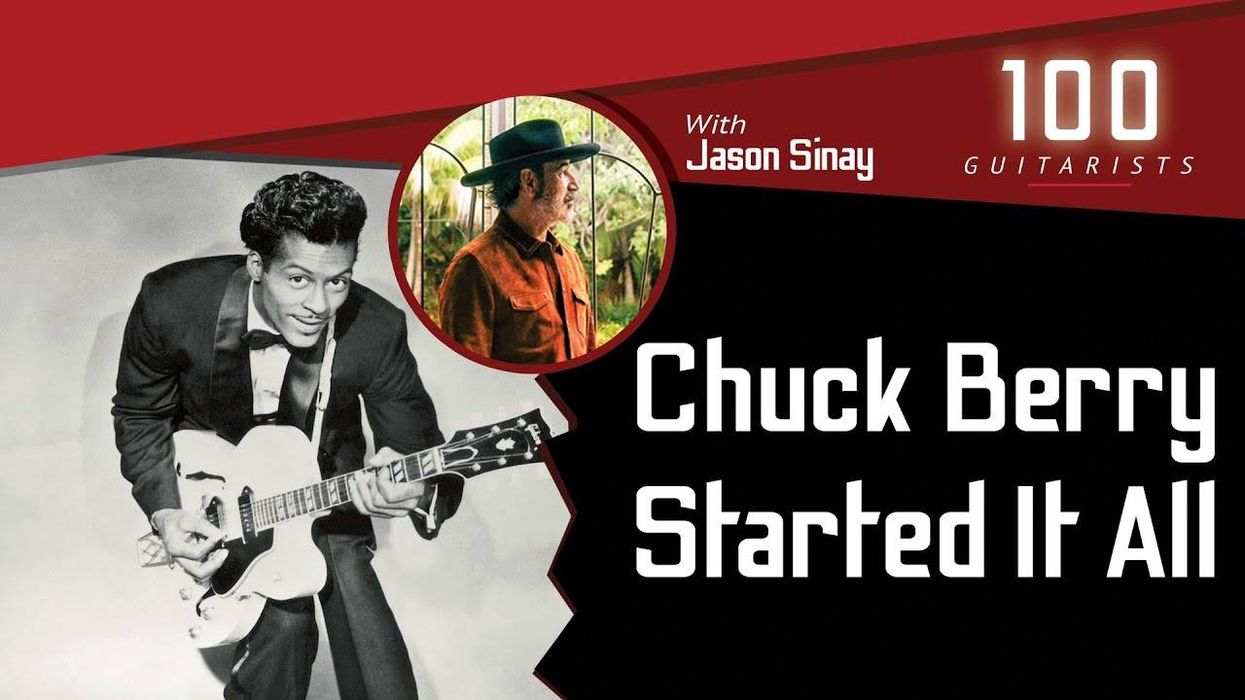
 This Episode Brought to You By: www.premierguitar.com
This Episode Brought to You By: www.premierguitar.com